One of the great joys about being a travel writer is that your writing gigs tend to lead you to amazing places that you never would have discovered otherwise.
Last week while on assignment for The Seattle Times, Amanda and I had the opportunity to to kayak camp on an uninhabited island in SW Washington called Long Island.
This little gem is part of the Willapa Wildlife Refuge near Long Beach – an area famous for it’s prolific oyster beds. No cars are allowed on the island and it’s a hotspot for critters of all shapes and sizes. Since a picture is worth a thousand words, here’s a slide show featuring some of the natural wonders we encountered.
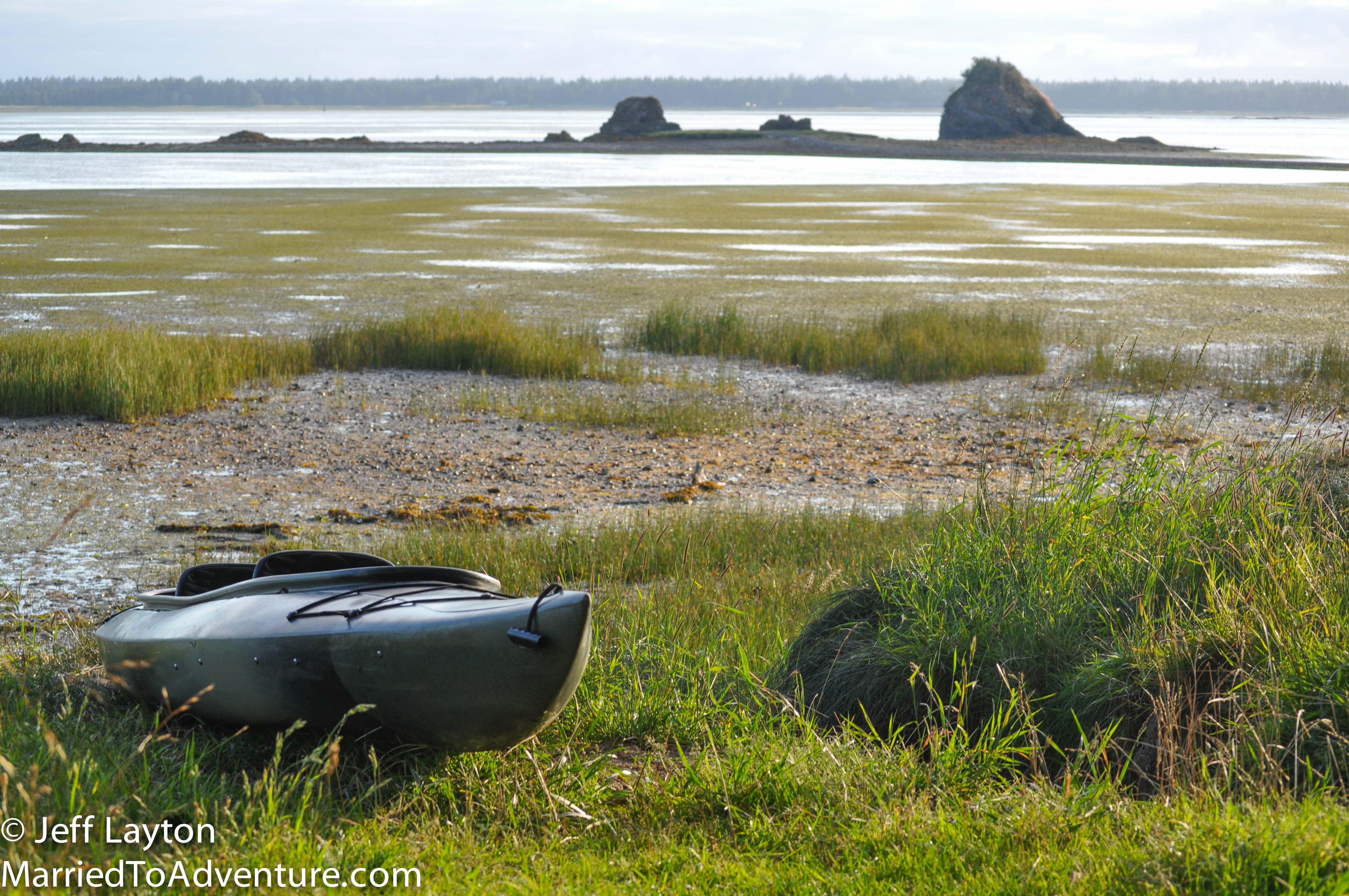
Camp for the night was Pinnacle Rock campground just an hour from the boat launch and one of a handful of free campsites directly on the beach. Dramatic tidal swings brought the water up to our kayak and at low tide you could walk to the pinnacles.
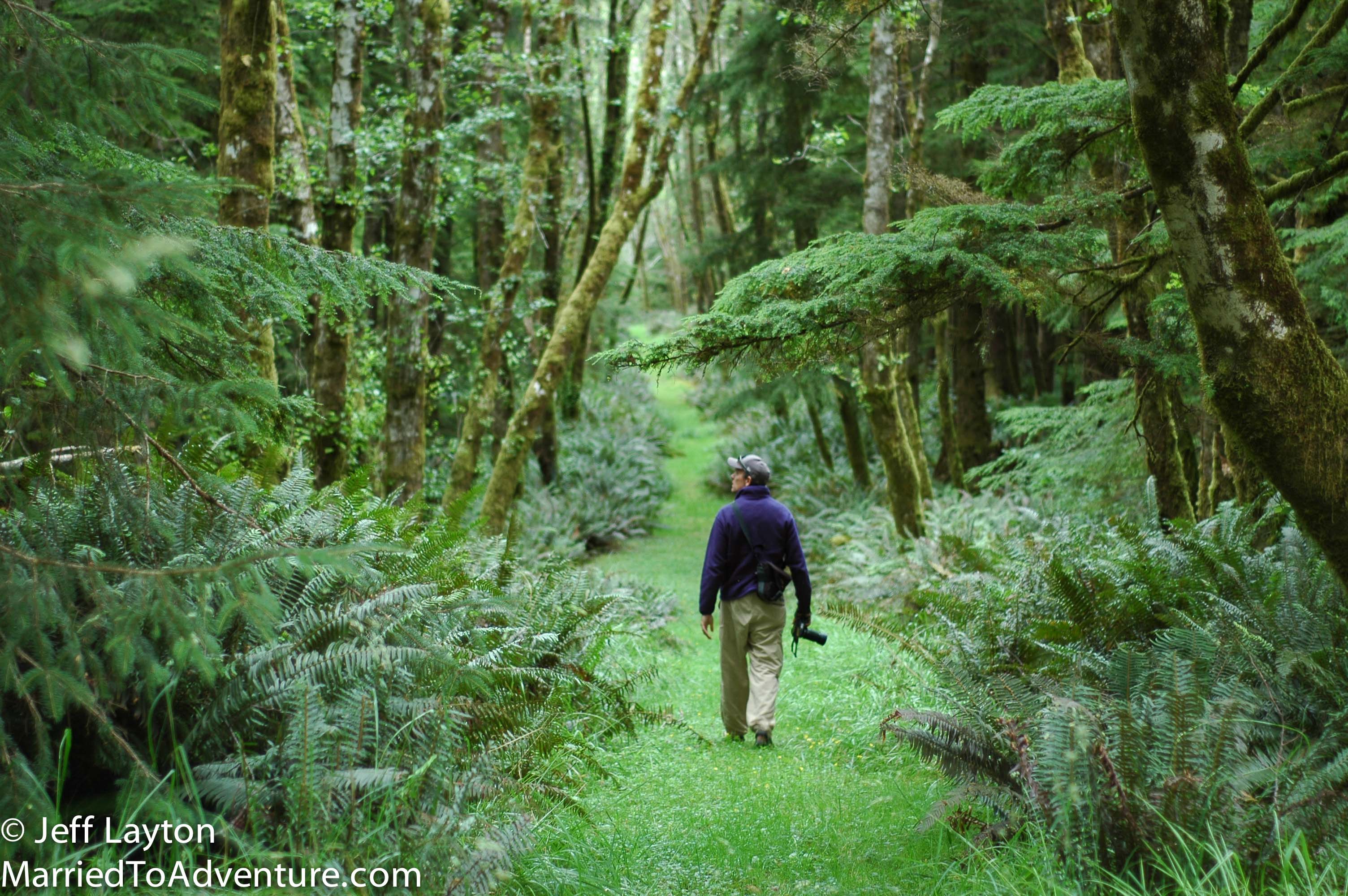
A network of “roads” crossed the island but they were more like fairy tale trails – probably the most idealized pathways we’ve ever encountered.
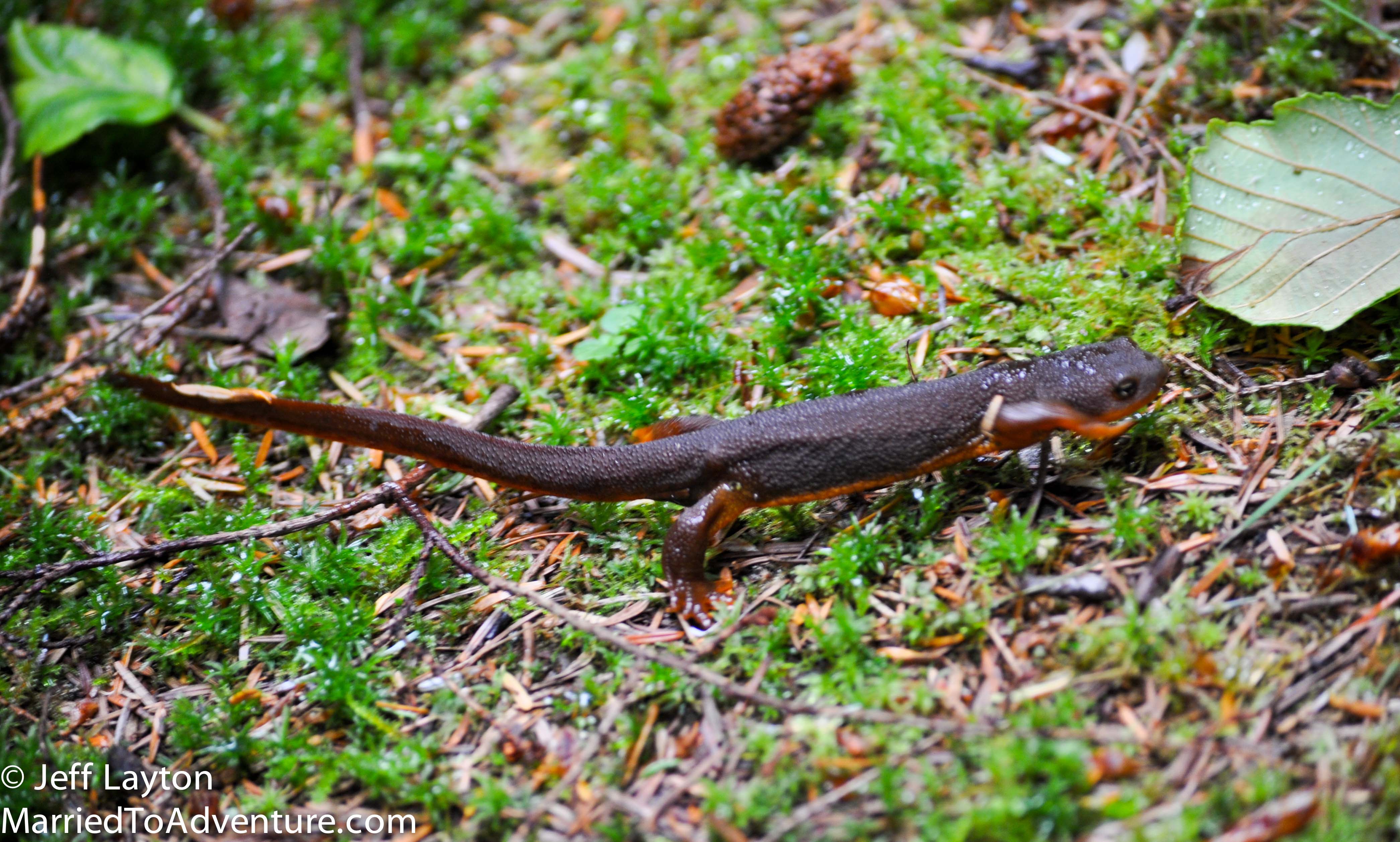
This is the first rough skinned newt we saw on our hike but once we saw how they moved, we started seeing them everywhere to the point where we made a game out of counting them as we walked. They’re super cute, but highly toxic and can kill you if you’re desperate (or stupid) enough to eat one.
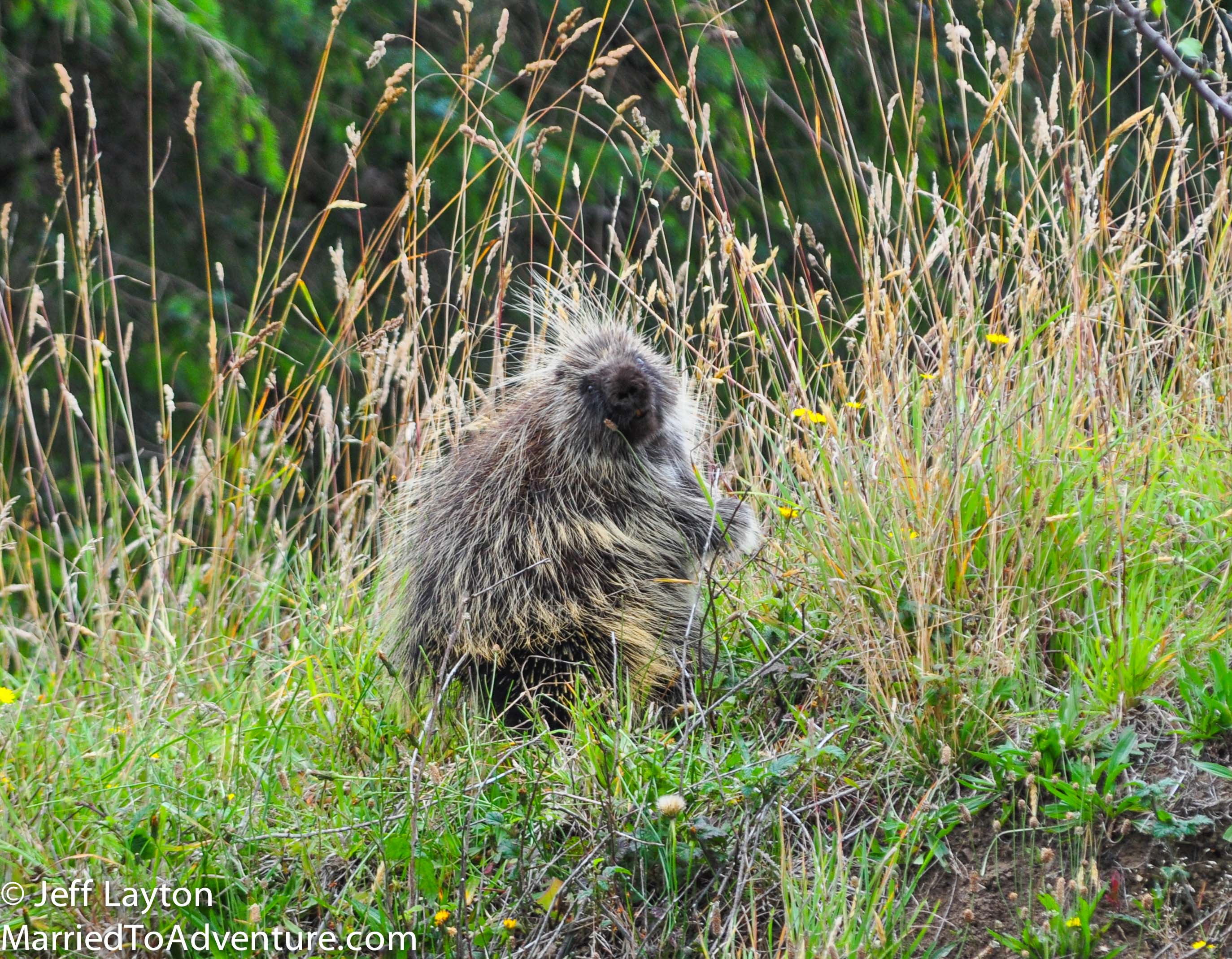
This was the first of two porcupines we saw during our long weekend. We had never seen a porcupine in the lower 48 until this trip.
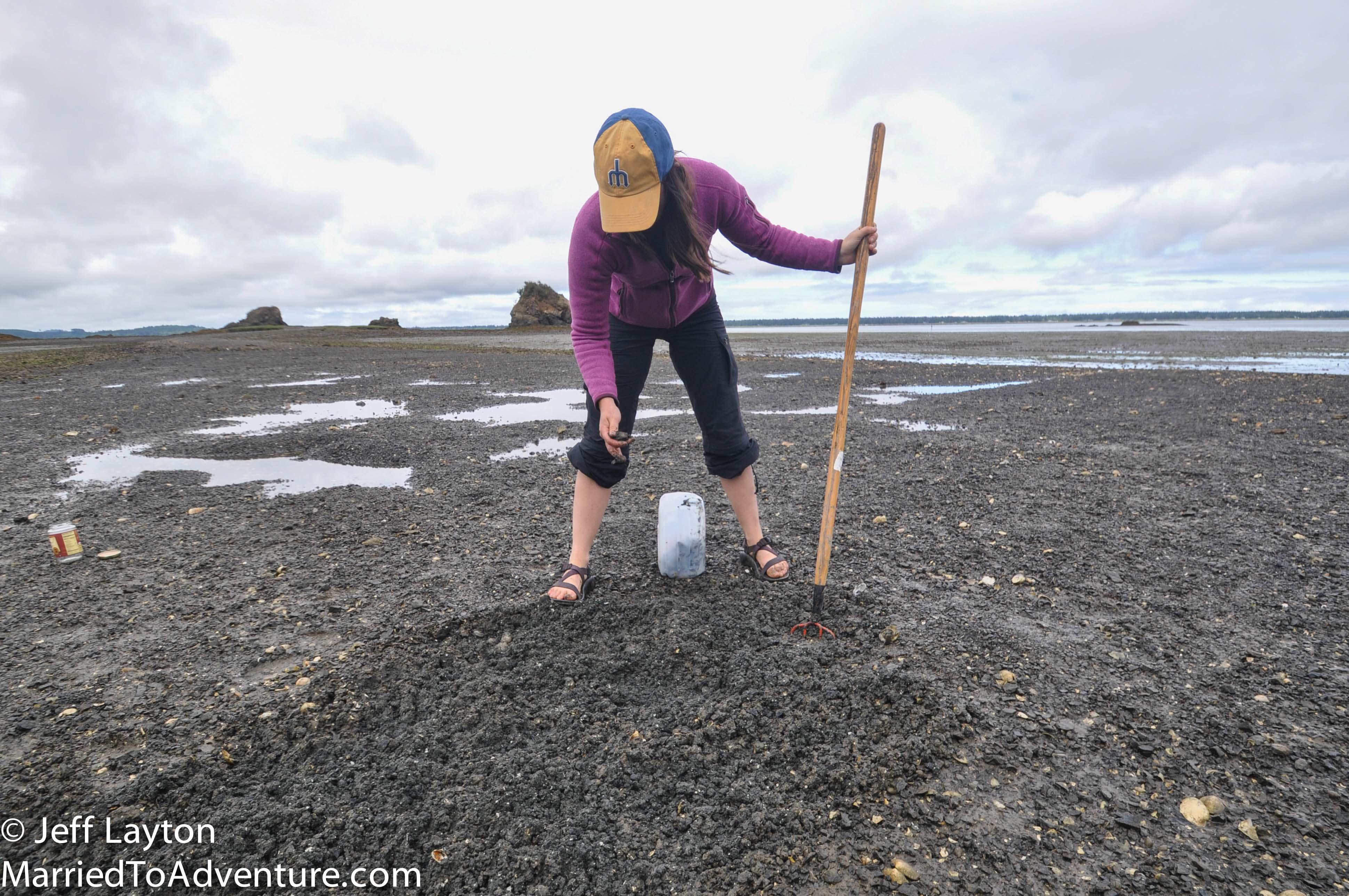
Hiding two inches below the tidal muck we unearthed prolific Manila clams – delicious meaty nuggets of goodness. With a garden rake we unearthed handfuls with every pull and achieved our limit of 40 per person in just minutes.
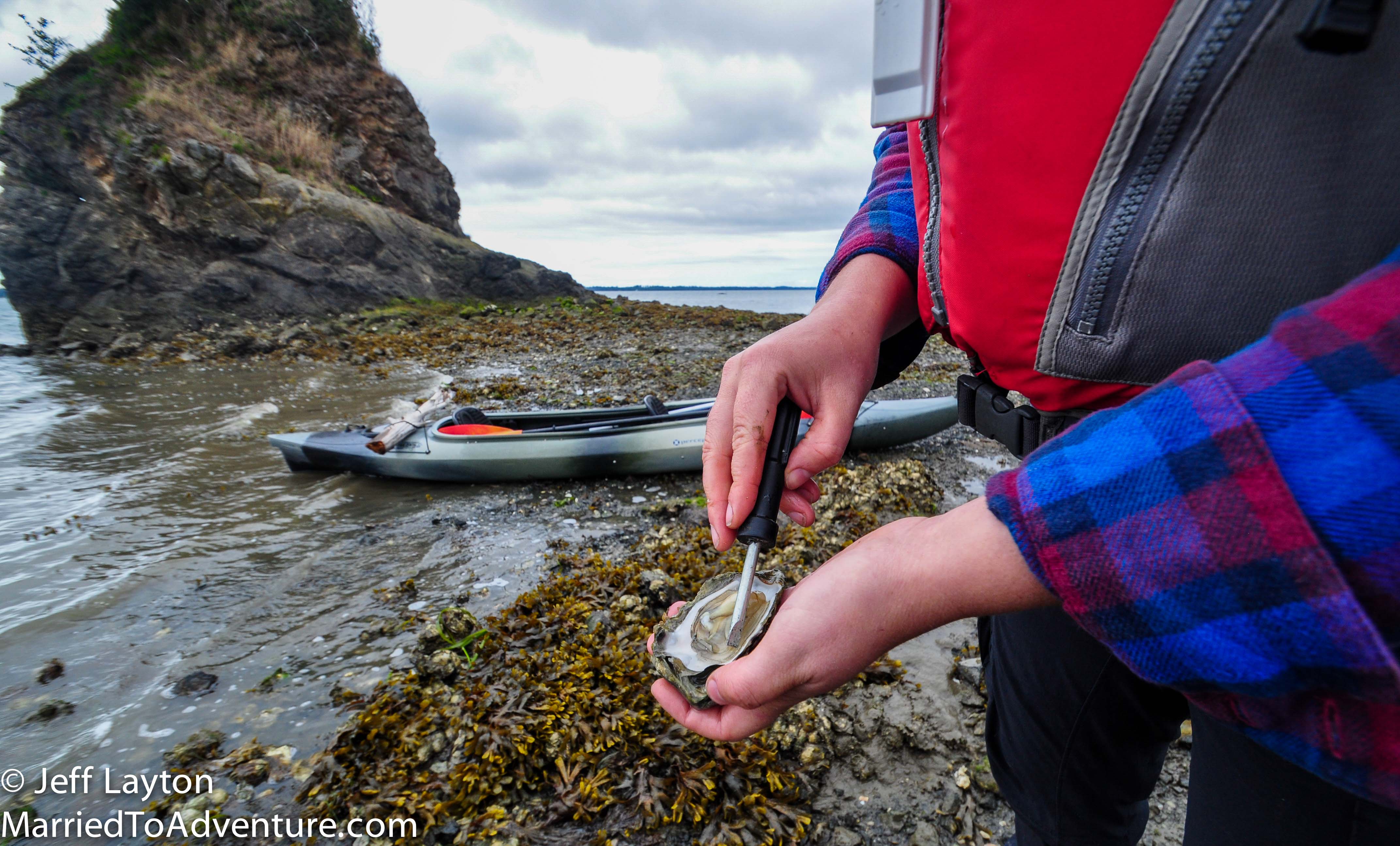
World famous Pacific oysters are also prolific on Long Island. At low tide, you can’t avoid stepping on them in some areas. They’re best when shucked and eaten right on the beach.
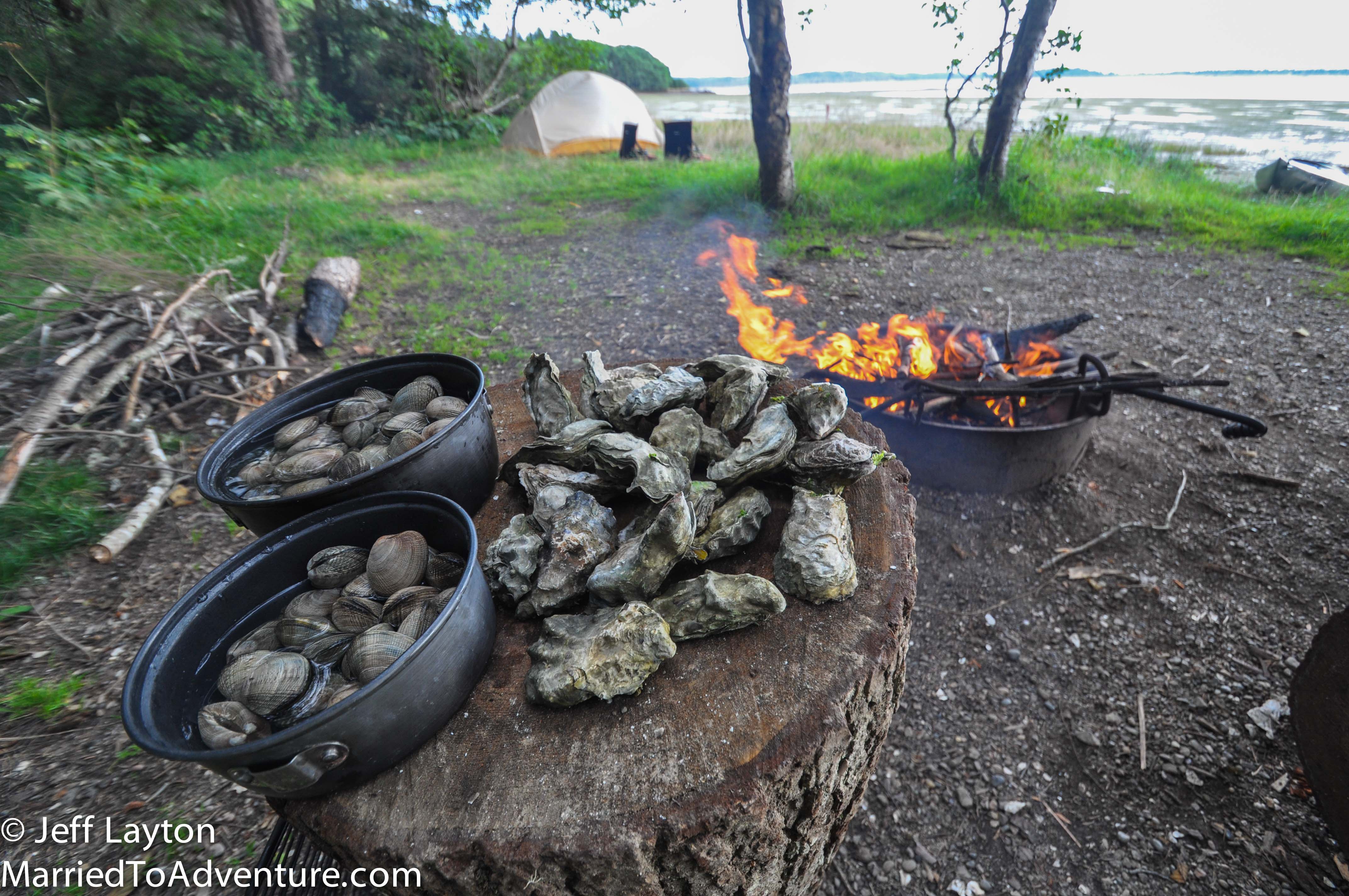
Perhaps the easiest hunter/gatherer experience in human history is collecting shellfish and cooking them on an open fire.
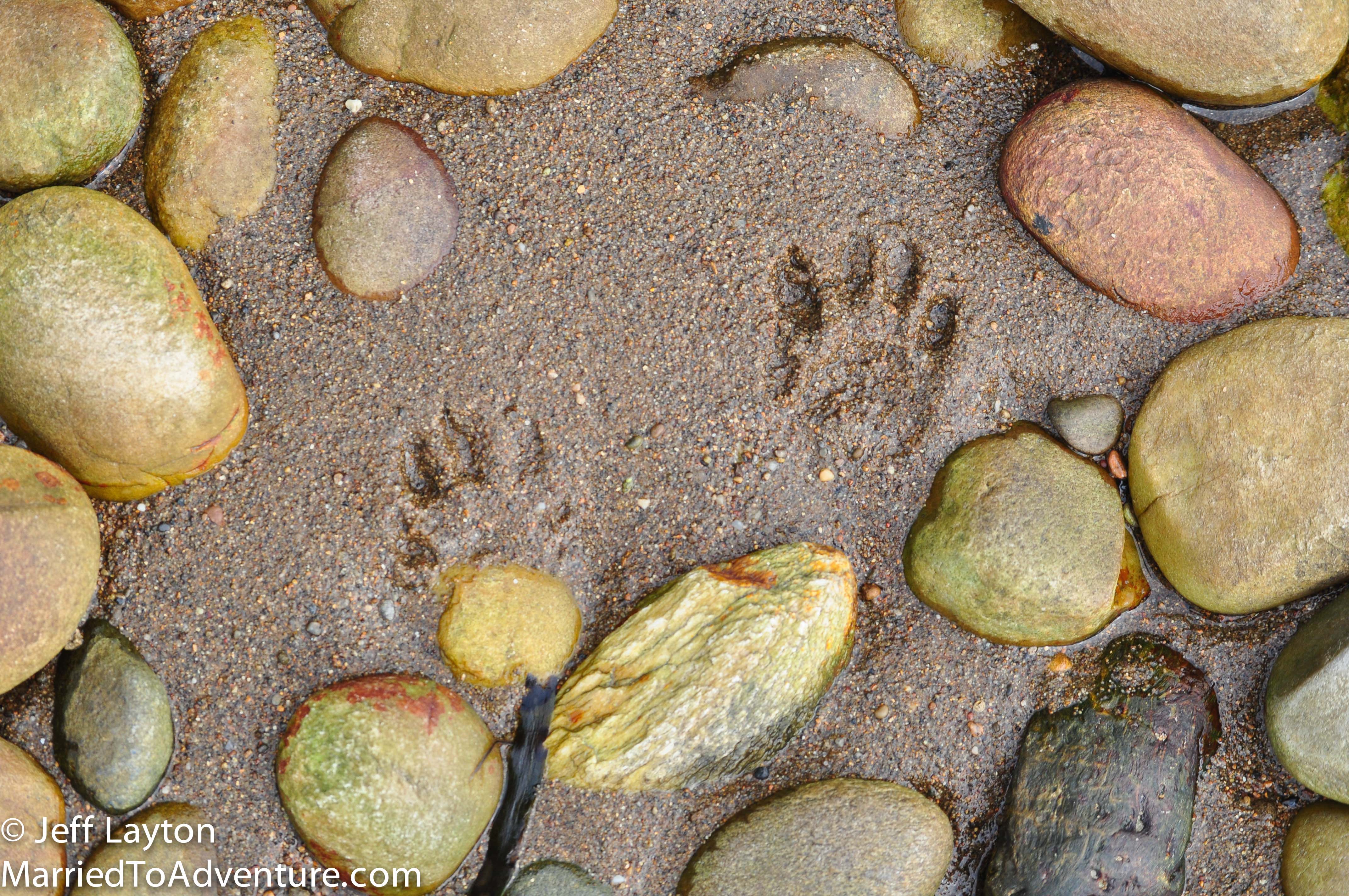
At dusk we saw raccoons cruising the tidal flats in search of a meal. We saw lots of tiny paw prints like this one on the wet sand.
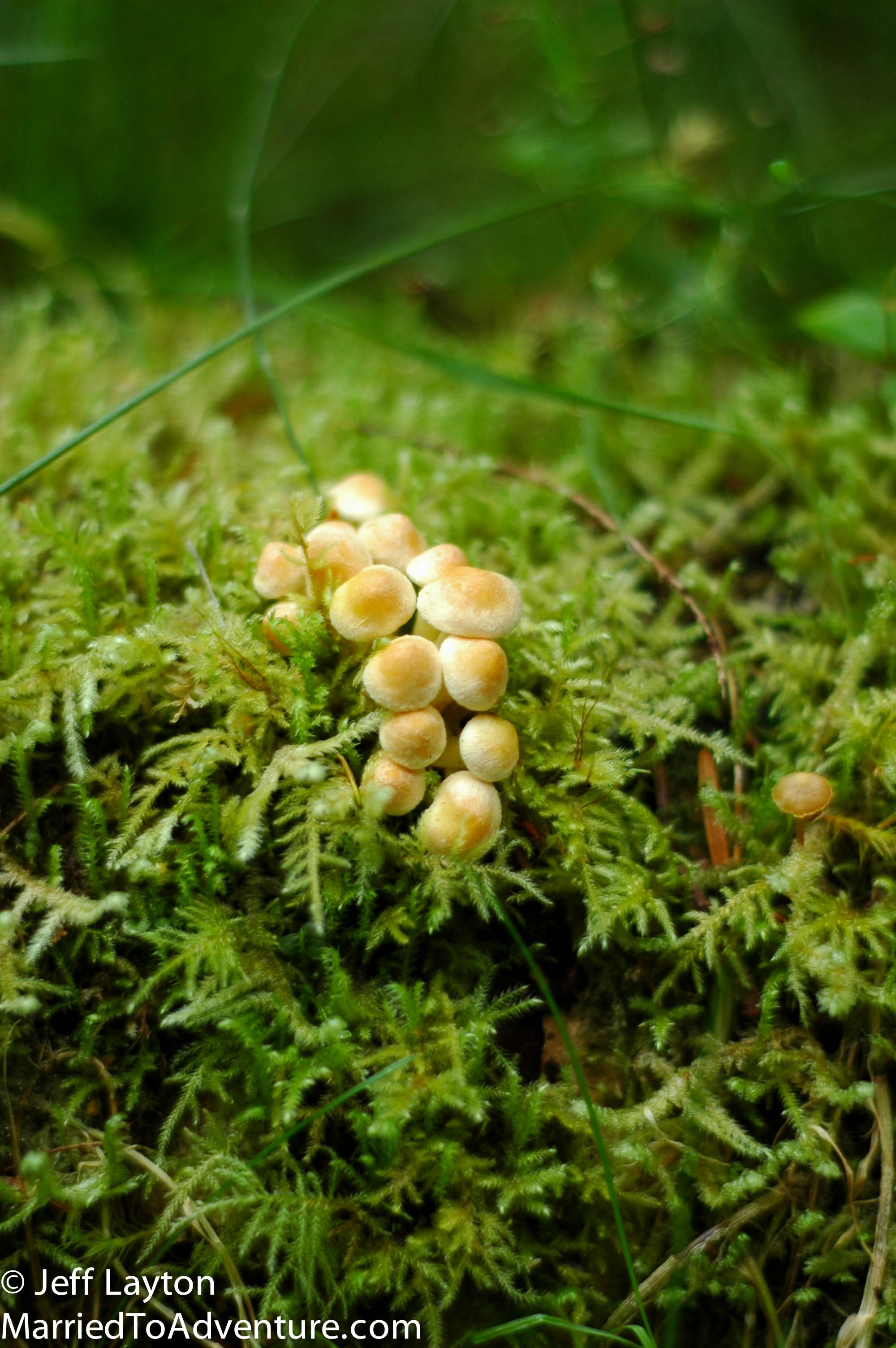
The shore and the inland trails were like night and day. While the beaches were grey and costal, the woods were saturated with rainforest greens.
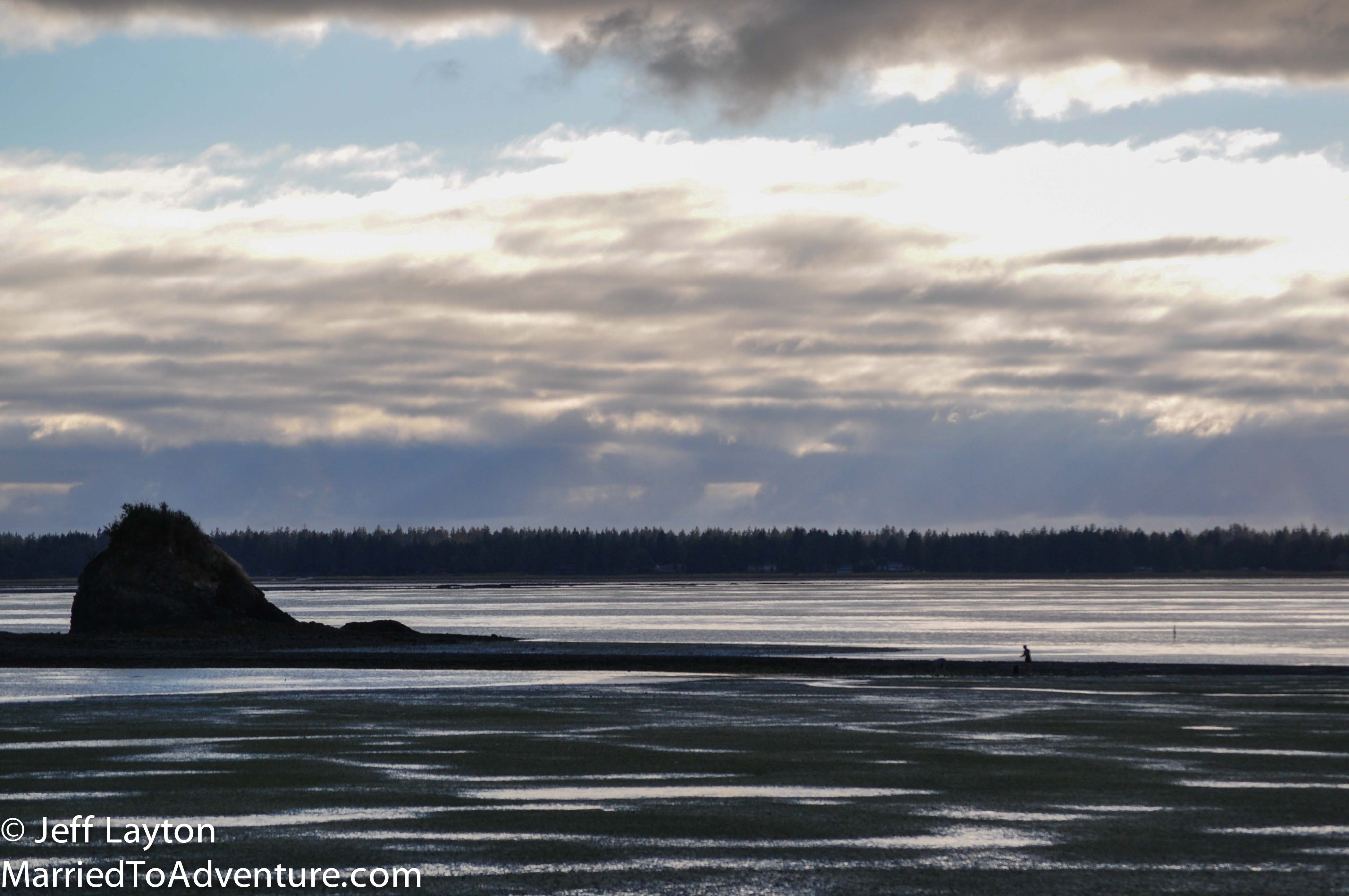
When the tide goes way out you can practically walk all the way across the bay. It’s strange to feel so isolated when you can see vacation homes across the bay, yet boat traffic is minimal in Willipa Bay because it’s so shallow. In fact, the park staff use air boats akin to those used in Florida swamps to navigate the waterways.
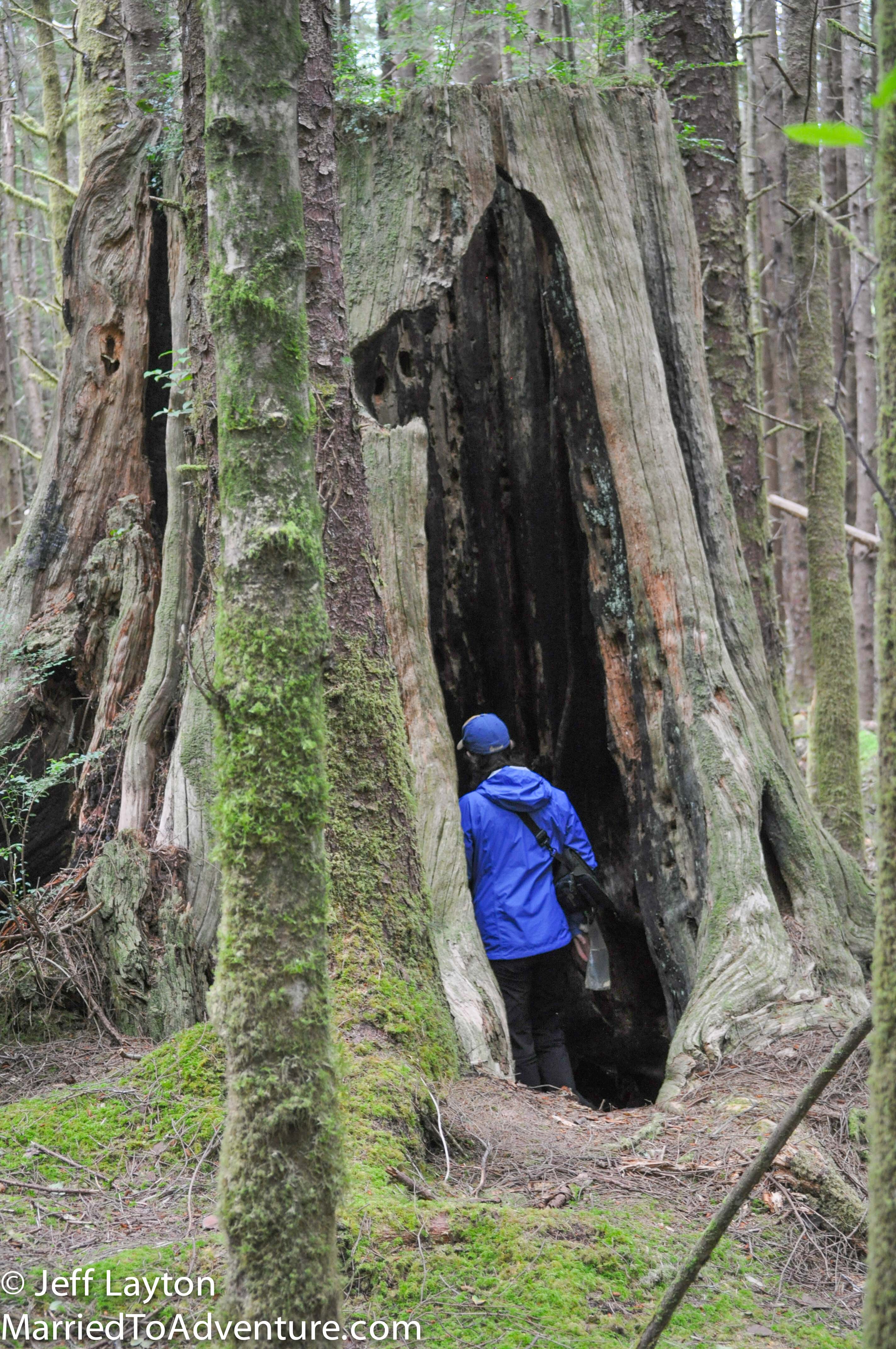
Near the middle of the island is a grove of old growth cedars that somehow withstood the early days of costal logging. This one wasn’t so lucky but the burned out center is the size of a small room.
For more information on the Willapa Wildlife Refuge and camping on Long Island visit: www.fws.gov/refuge/willapa/
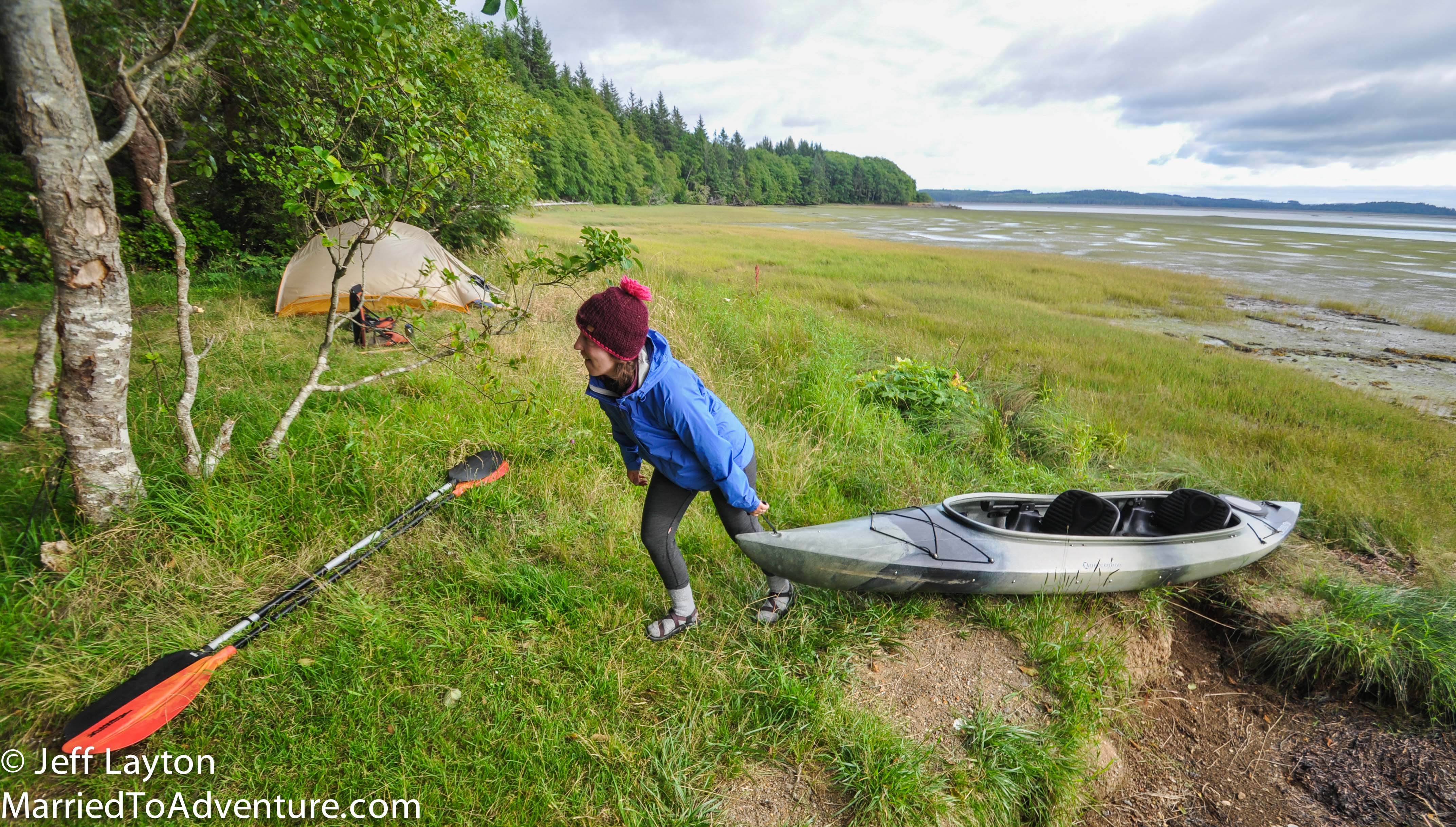
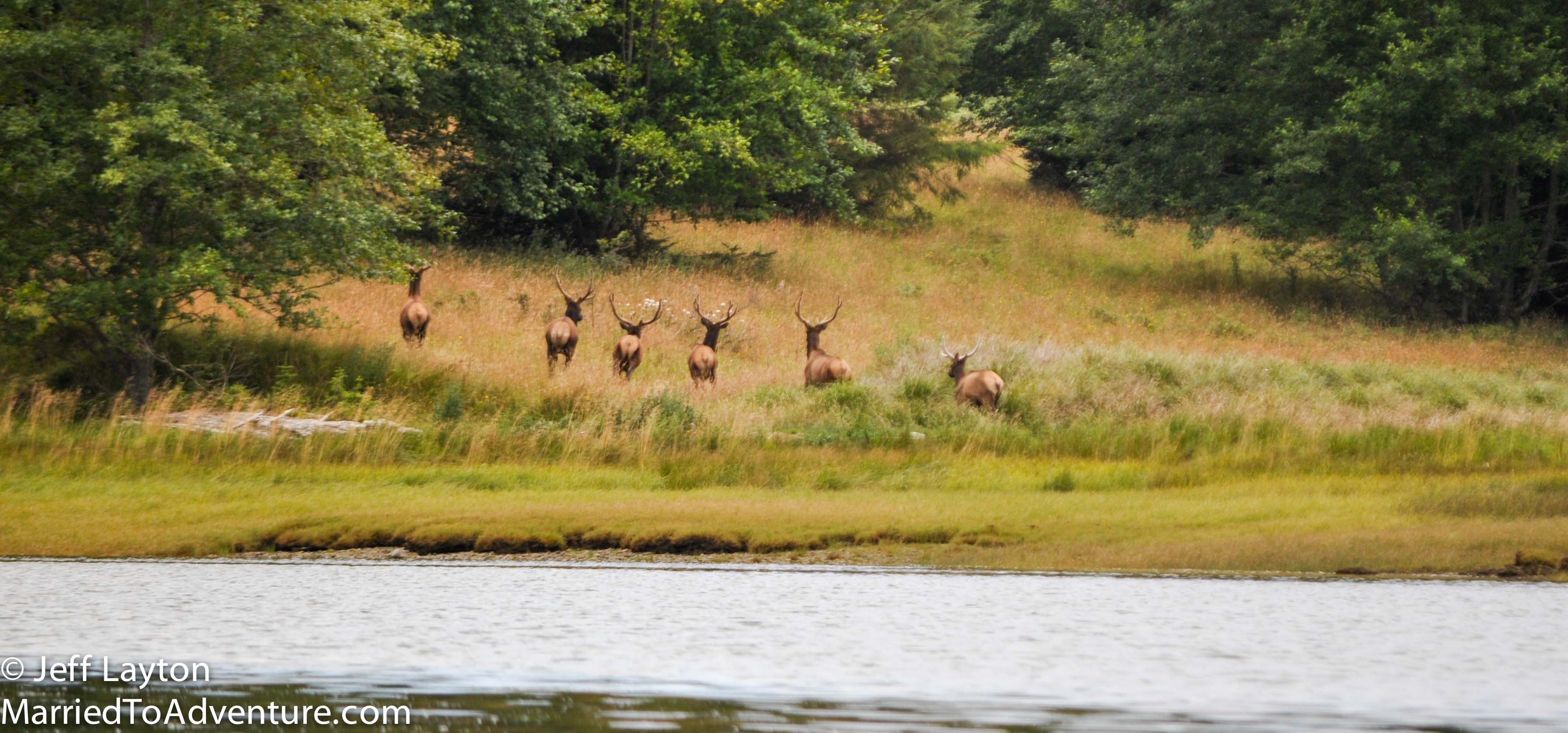
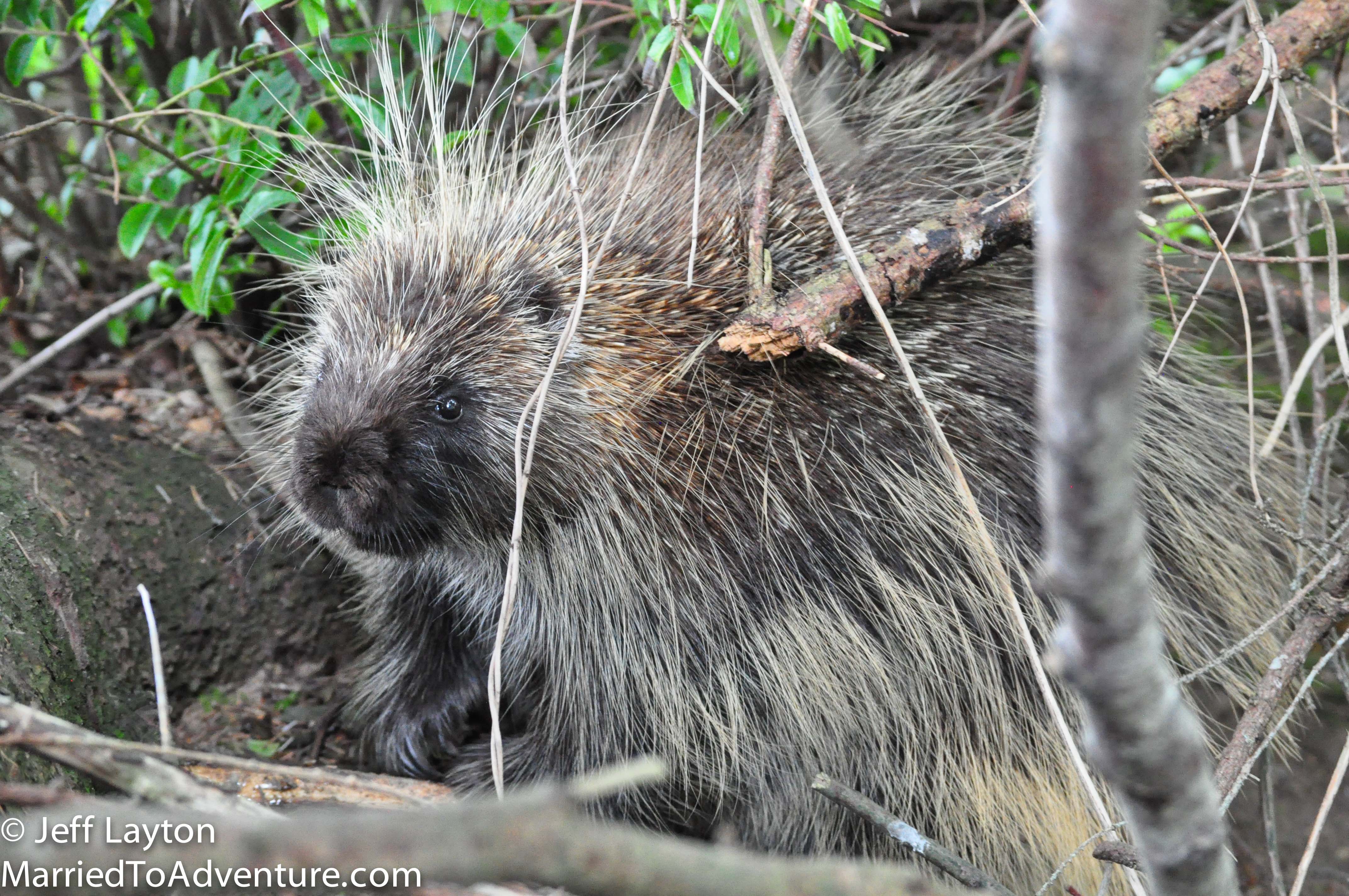
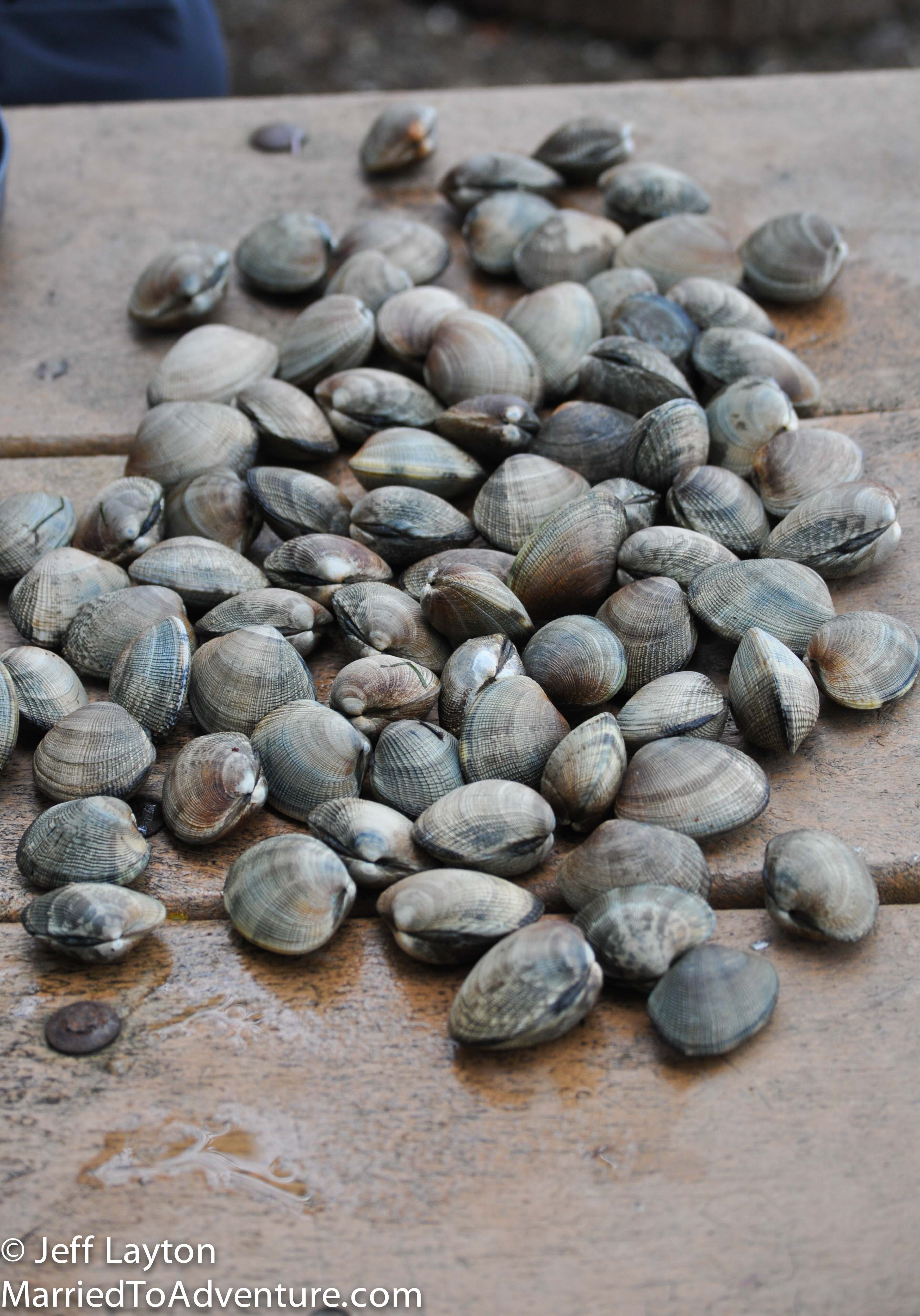
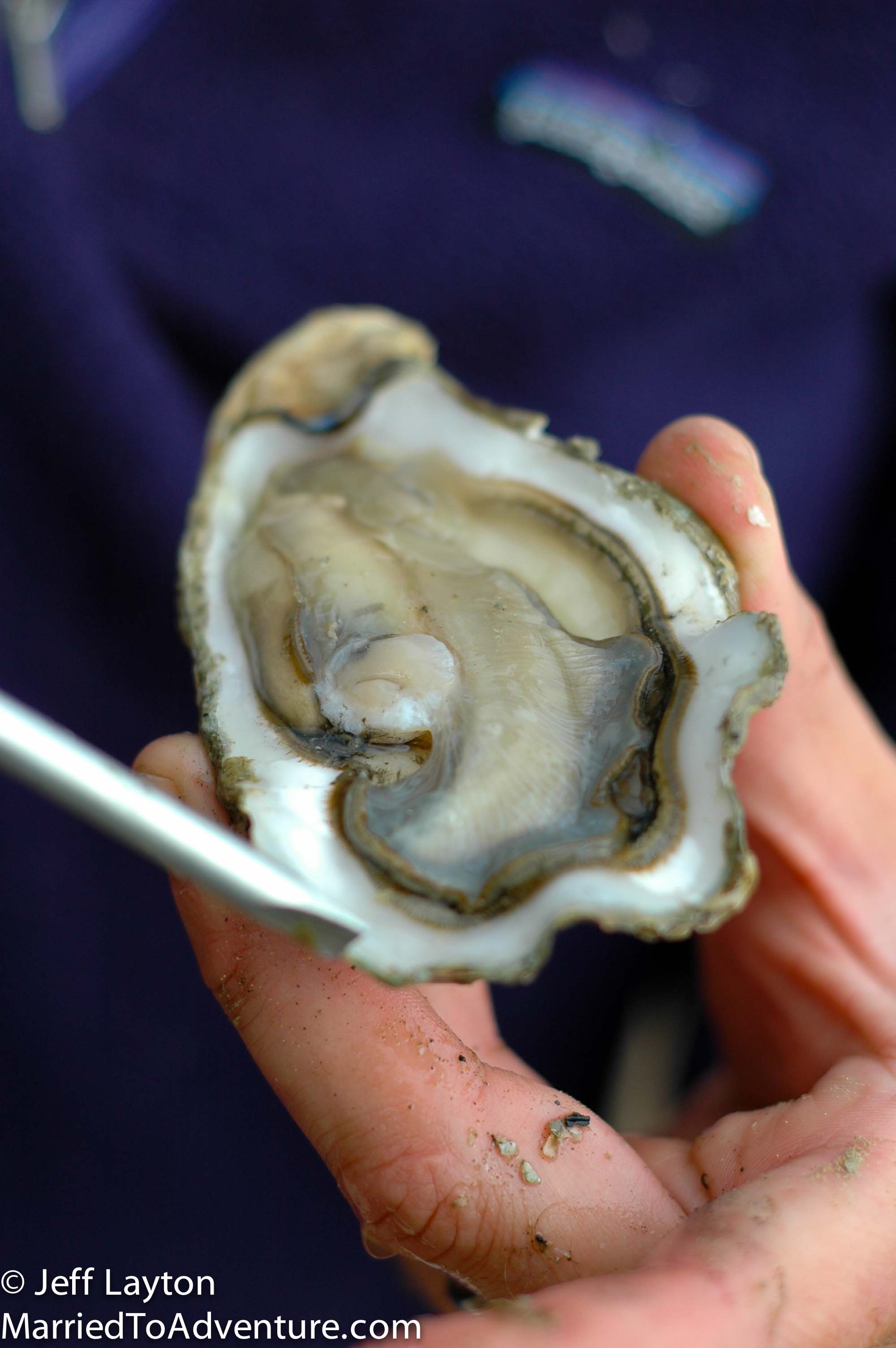
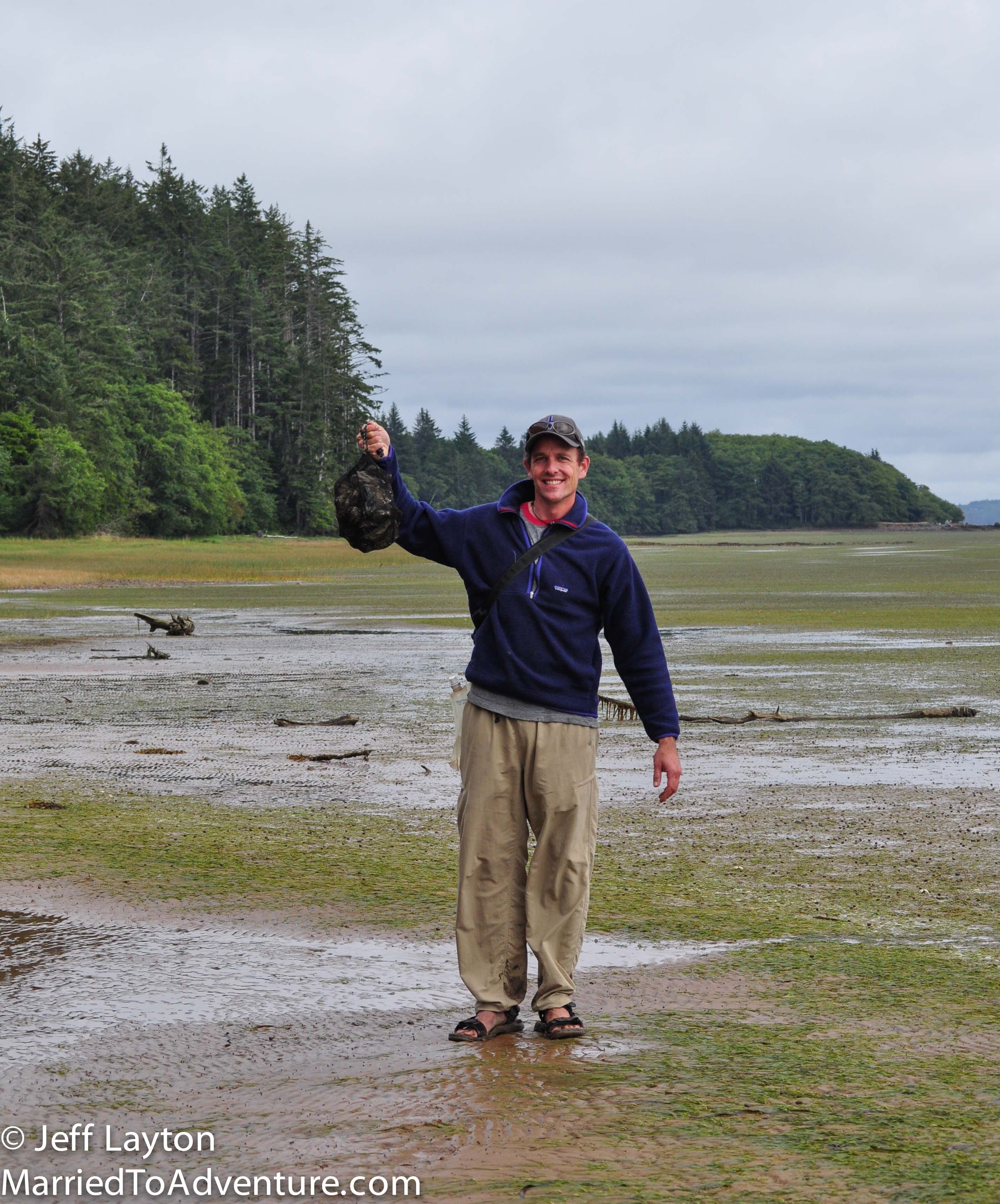
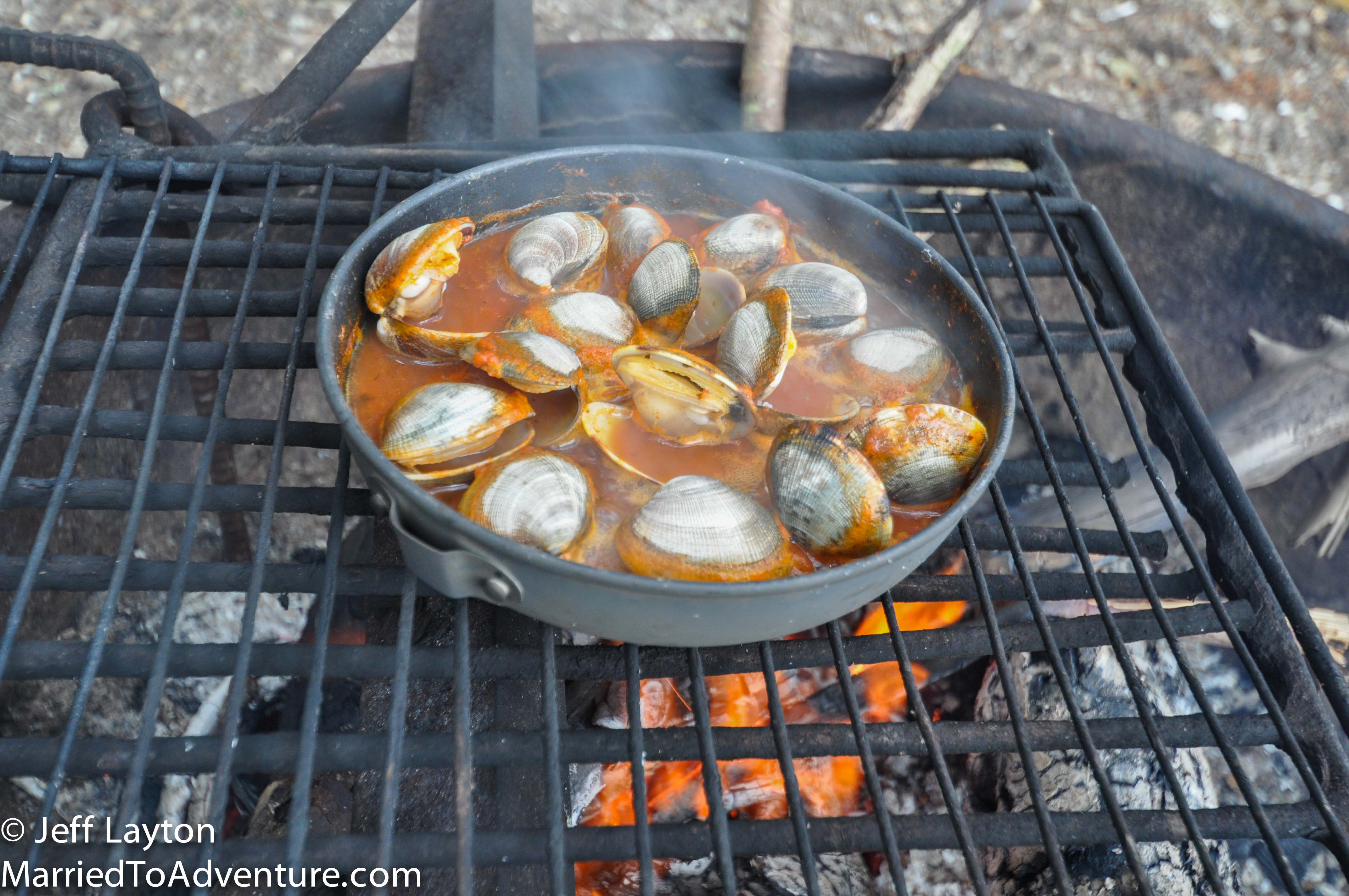
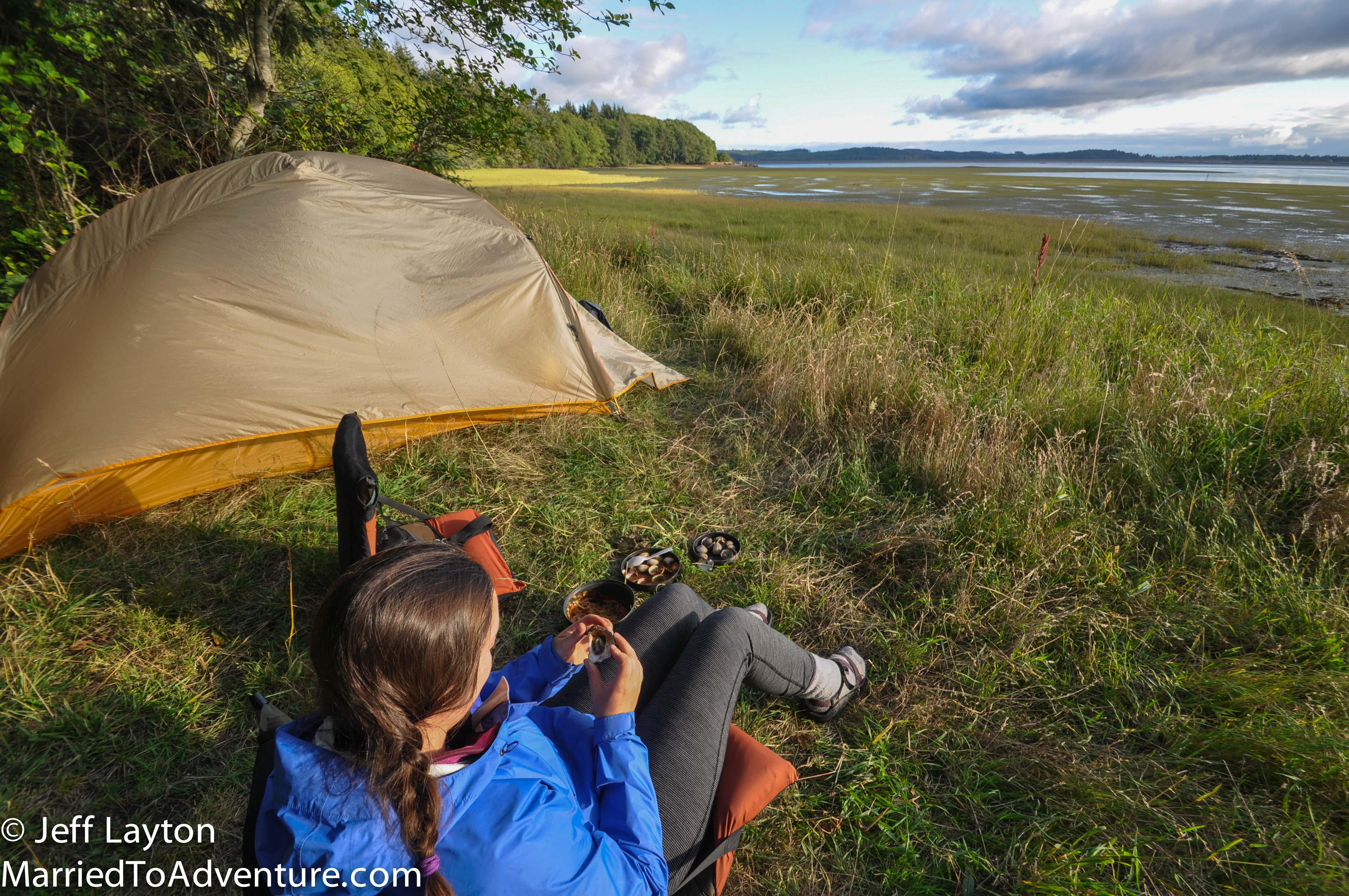
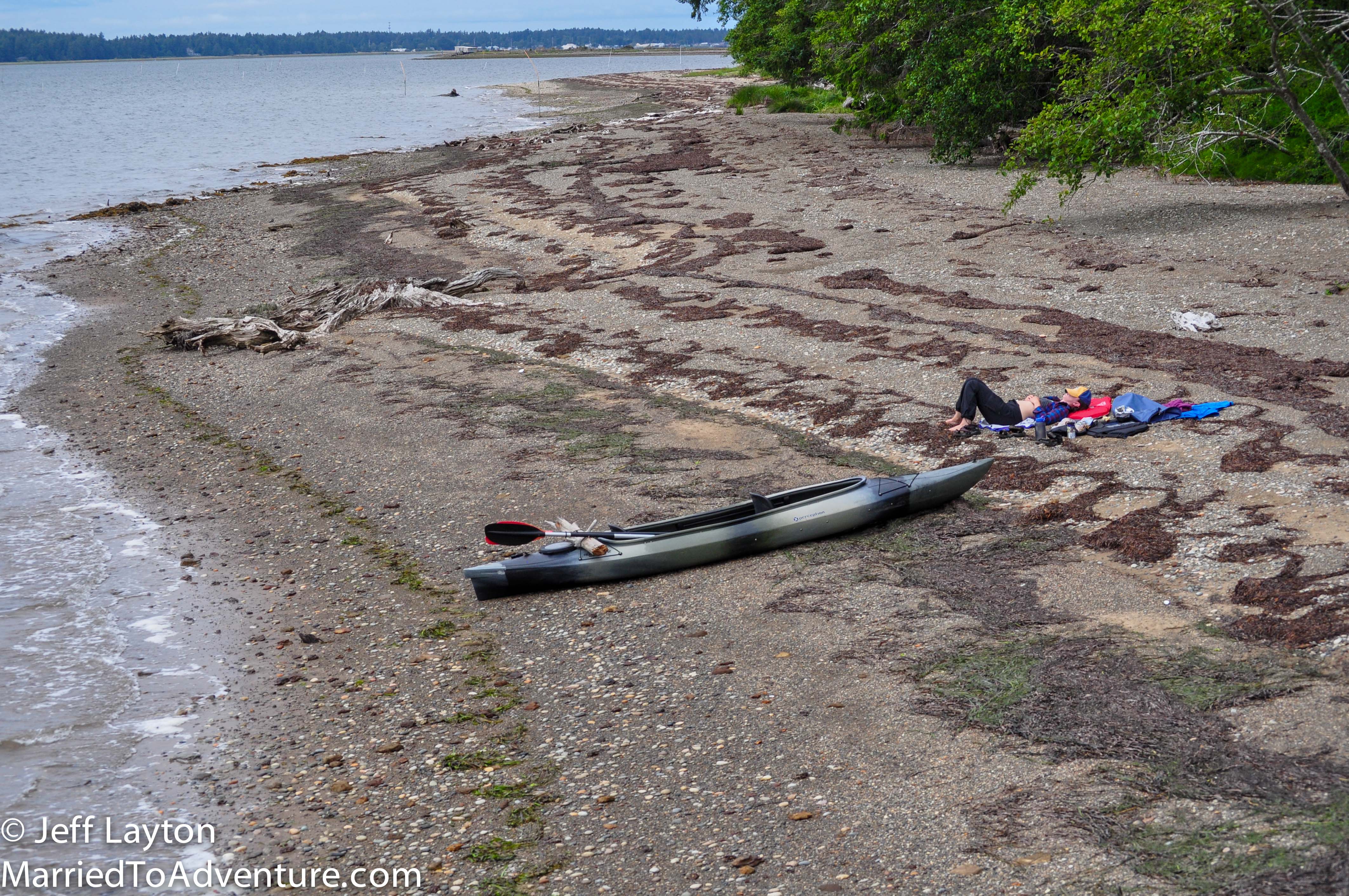
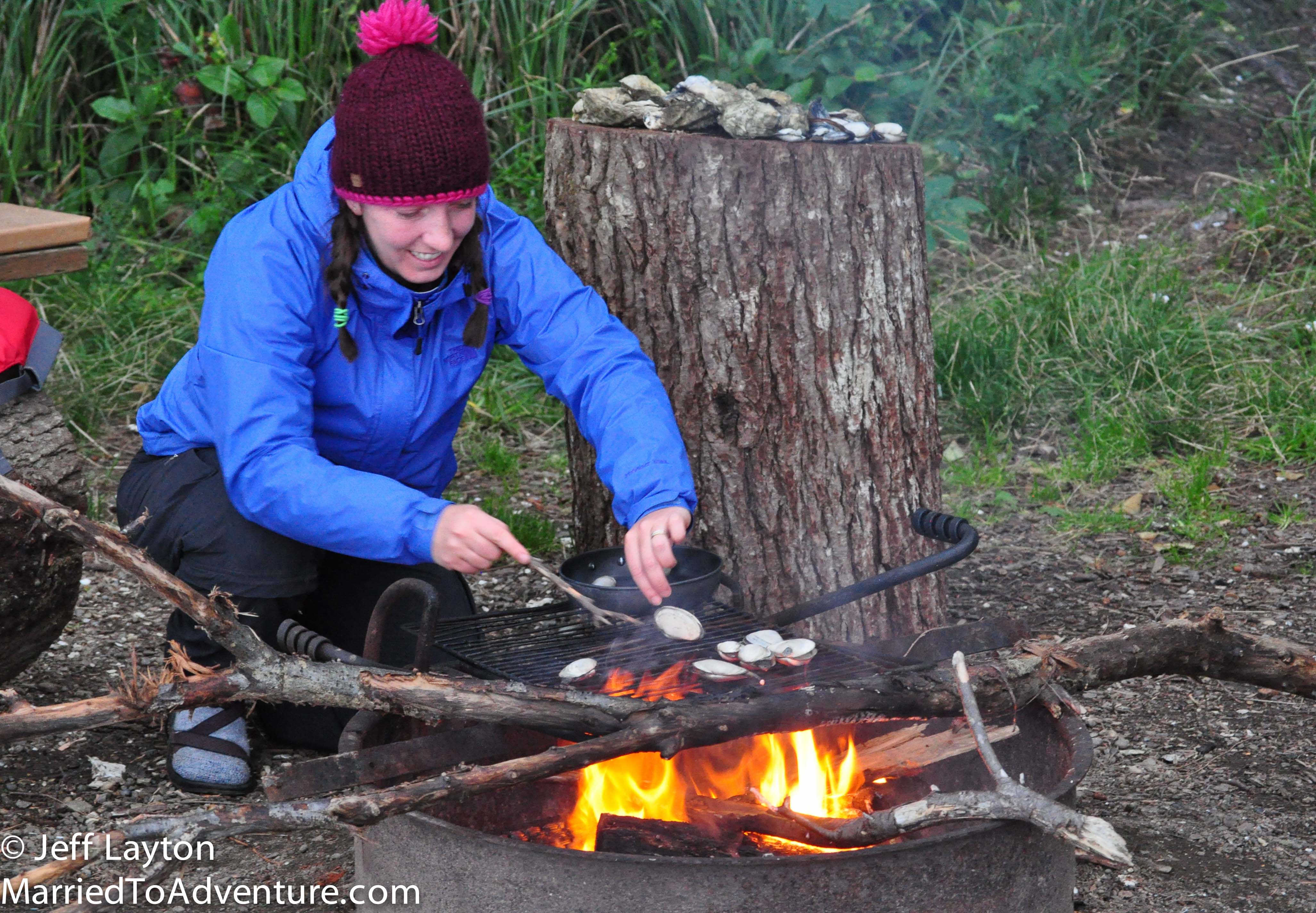
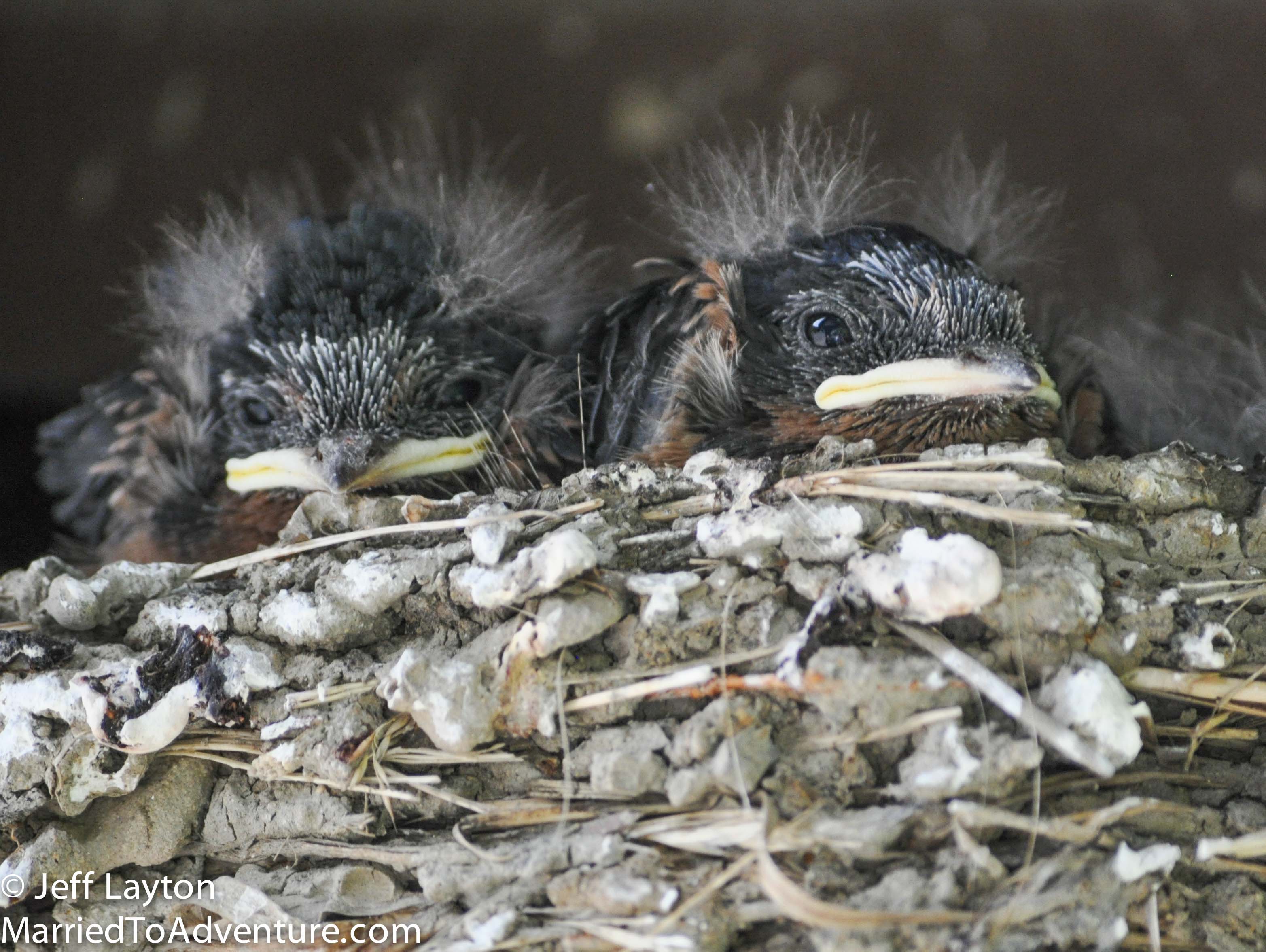
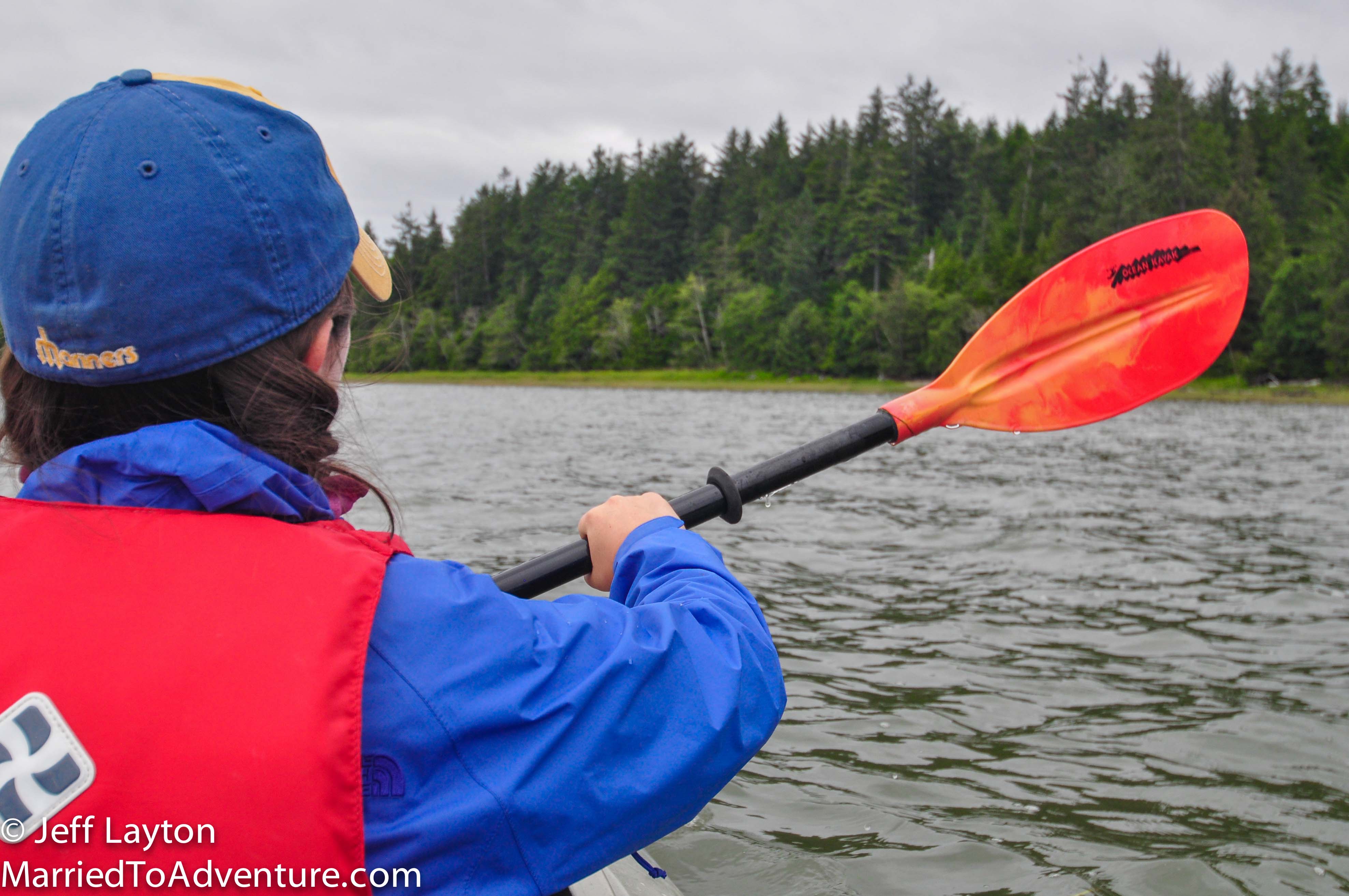
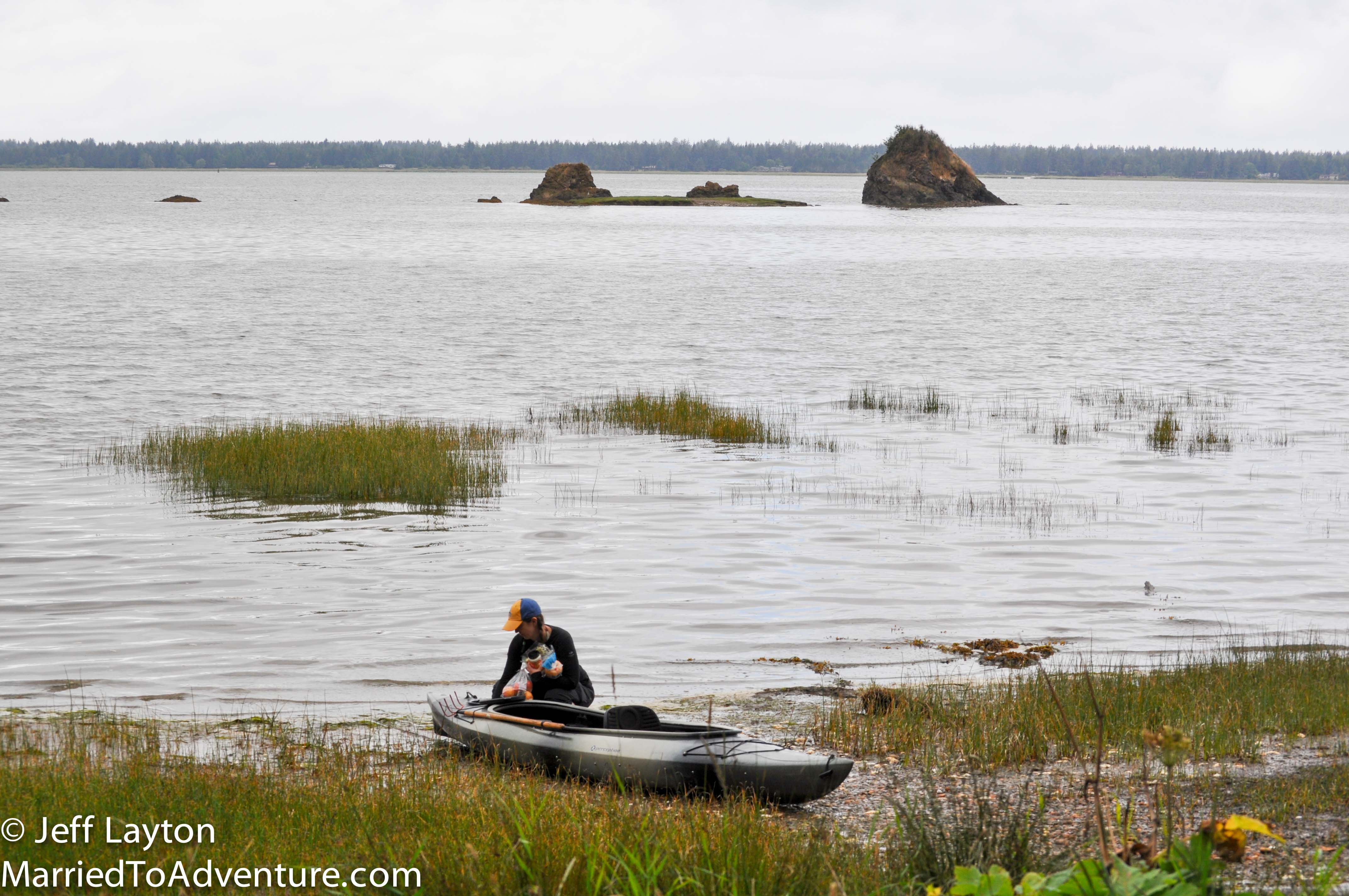
Love this adventure, just a few miles from my home in Bay Center, Washington.